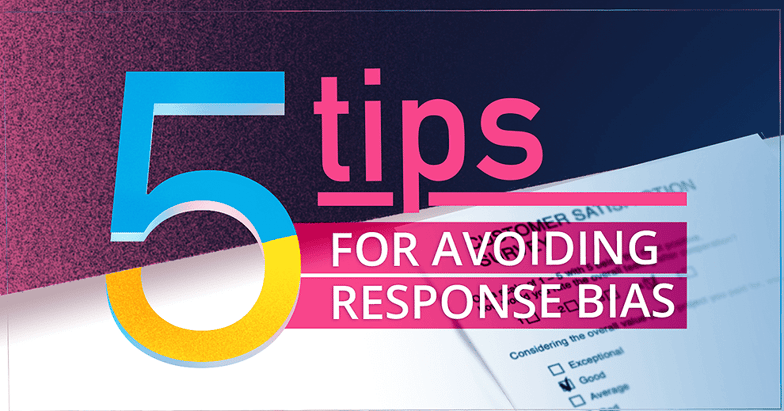Survey Best Practices: 5 Tips for Avoiding Response Bias

In the realm of data collection, the key to success lies in meticulous planning and execution. Zeffi employs the patented Intelligent Zooming method, eradicating bias known as Response bias. While technology aids in minimizing challenges posed by respondent psychology, strategic survey design plays a crucial role in preventing response biases. This blog post explores five essential tips to enhance the precision of your data collection process.
1. Make sure that your language is appropriate for your audience
To ensure accurate responses, align your survey language with the target audience. Avoid overly technical terms or industry jargon that might alienate a broader audience. Zeffi's philosophy centers around asking the right questions in the right way. Utilizing ready-made survey templates crafted by professionals provides a solid foundation adaptable to diverse purposes.
2. Avoid Dual-Statement questions
Steer clear of presenting two questions simultaneously, as this places respondents in a challenging position. For instance, a statement like "Customer service was knowledgeable and quick" might be accurate for one aspect but not the other. Construct cohesive statements that convey a clear meaning to your audience, preventing confusion and unreliable data.
3. Steer Clear of Leading Questions
Eliminate potential biases by ensuring that your questions are neutral and devoid of hints or preconceived notions. Guiding questions may unintentionally influence respondents, impacting the accuracy of their answers. Instead of asking, "How effective is the leadership in your department?" opt for a neutral approach such as, "Rate the overall quality of leadership in your department."
4. Offer Relevant Choice Options
Failing to provide adequate response choices can lead to distorted results. People tend to abandon or rush through surveys with insufficient options, resulting in inaccurate data. Anticipate diverse respondent behaviors during the planning phase and ensure your provided choices are comprehensive. Rather than relying solely on "I do not know" options, present a range of alternatives for a more nuanced understanding. One great way to ensure relevancy is to use logic editor to show questions to only when certain criteria are met.
5. Target the right audience
Personalized and targeted surveys yield more accurate responses. Consider how you can effectively reach your audience—do you have direct contact details for a personalized invitation, or should you embed the survey on a website? Leverage methods like QR codes, short links, or on site surveys to meet respondents where they are, ensuring representation across different user groups.
Conclusion
While technology mitigates respondent psychological phenomena, a well-designed survey structure helps in obtaining precise data. By adhering to these five tips, together with using Zeffi's patented technology, you can enhance the accuracy of your survey responses, ensuring meaningful and reliable insights for your research or business endeavors.
